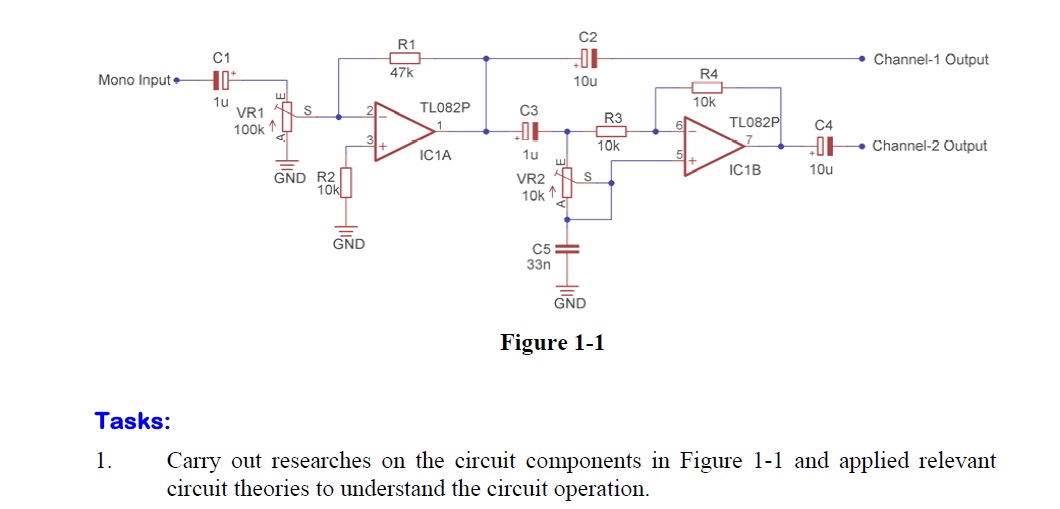No22Ben
Member level 1

- Joined
- Sep 23, 2010
- Messages
- 34
- Helped
- 1
- Reputation
- 2
- Reaction score
- 1
- Trophy points
- 1,288
- Activity points
- 1,522
My lecturer just gave me a new assignment ... it's about operational amplifier, although he haven't teach us anything about Op-amp, but i wanna ask , what do you understand for the circuit below ??? Just want to know some suggestion, really appreciate your help ~~~ :smile:







